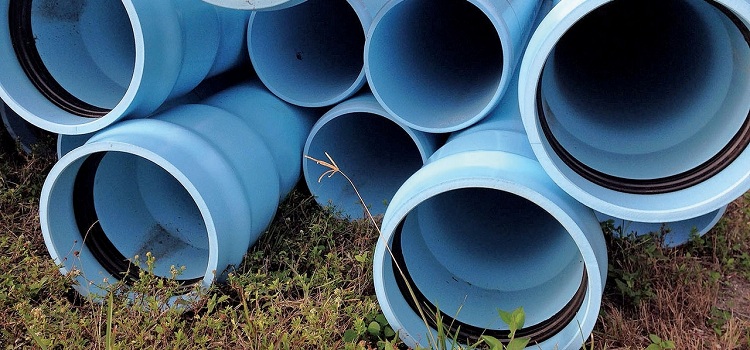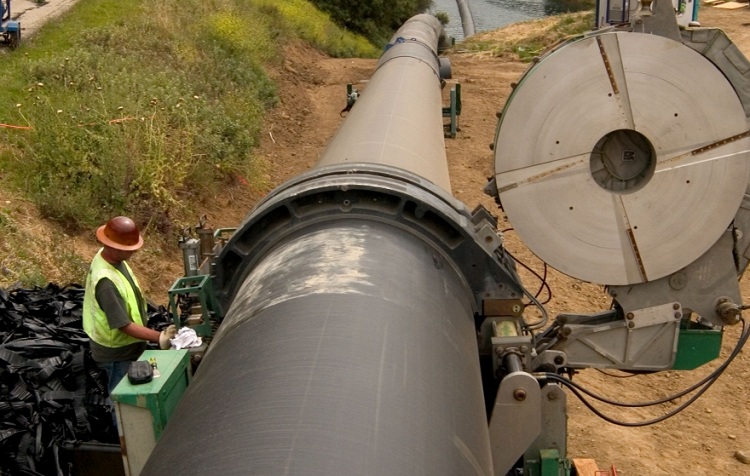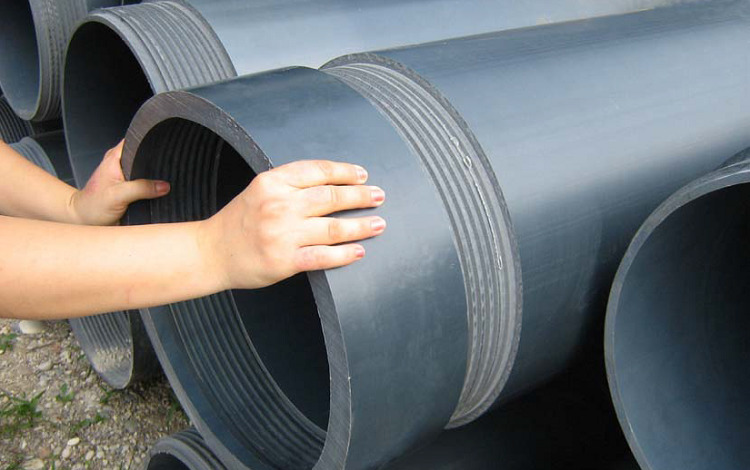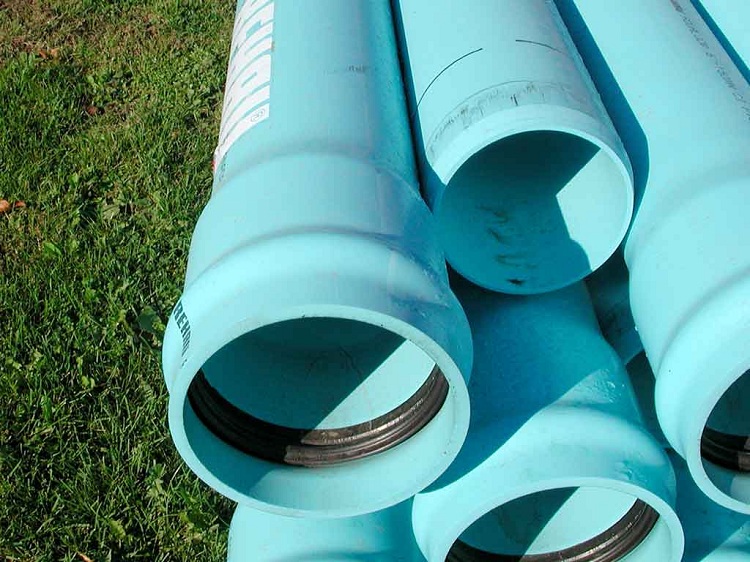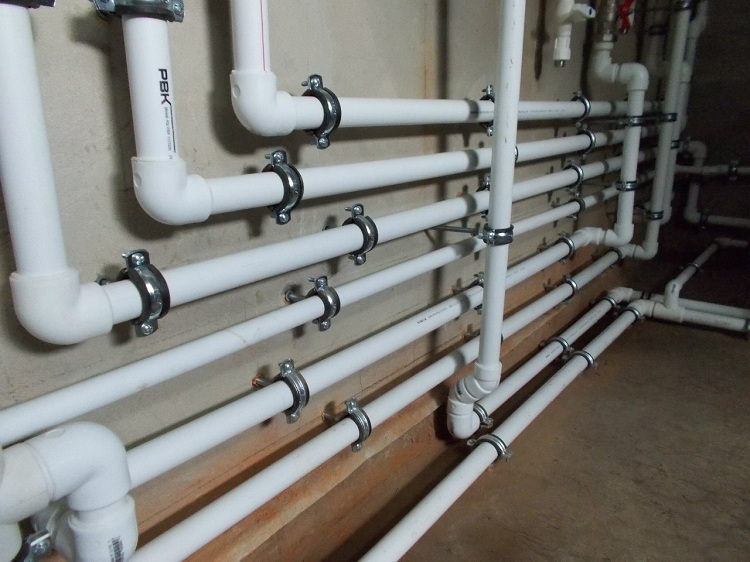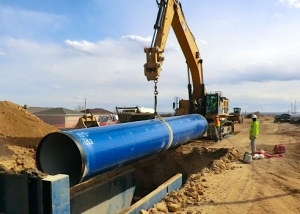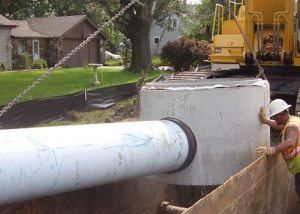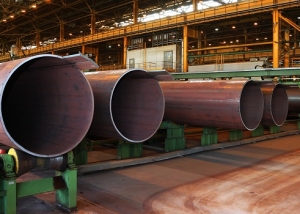The dimensions of plastic pipes are one of the essential parameters taken into account when laying modern utilities for various purposes. Carrying out such work, it is necessary to take into account the values of the outer and inner diameters of products made of polyethylene (including cross-linked), polyvinyl chloride, polypropylene and metal plastic, as well as wall thickness and footage of straight sections or bays.
Content
Plastic pipes for water supply
Production and use are regulated by GOST R 52134-2003 and R 53630-2009, which establish, among other things, the basic dimensions. The size of the outer diameter is in the range from 10 to 1600 mm, including 34 sizes.
Choosing the right size products for the arrangement of the water supply system, they operate with the concepts of:
- inner diameter. Its value should be the same for the pipes to be connected, and for the fittings used for this purpose;
- diameter of a conditional pass;
- wall thickness;
- lengths.
Having correctly selected the diameter of the plastic pipes for the water supply network, it is possible to avoid unpleasant consequences with the occurrence of malfunctions and constant noise.
The length of the water supply affects the diameter of the elements used:
- Less than ten meters - 20 mm pipes fit.
- Up to thirty meters - 25 mm.
- Over thirty meters - 32 mm.
Important! For domestic water supply, as a rule, use standard 4-meter sections.
With more consumers, it will be necessary to install pipes of a larger diameter, with a high value of throughput. An ordinary tap lets up to five liters of water per minute, and a 32 mm pipe drives ten times more during this time.
In complex professional technical calculations, the selection of the diameter of the pipes for the water supply is carried out taking into account:
- its length;
- the number of connections and turns;
- pressure head.
If the problem is simplified, it is advisable to adhere to the following rules:
- the diameter value should increase with the complexity of the design of engineering communications and an increase in the number of consumers;
- for hot water, products with thickened walls are required.
Note! As a rule, 25 mm pipes are selected for the riser, for other lines - 10 and 15 mm.
Plastic sewer pipes
The use of plastic products in the arrangement of sewer networks is caused by several significant advantages that explain this preference:
- resistance to aggressive acids, solvents and alkaline solutions;
- strength, allowing use at a sufficiently significant depth, under a 16-meter layer of soil;
- low roughness of the inner surface, providing increased throughput and not prone to overgrowing, the formation of blockages;
- insignificant weight - a meter section of 110 mm pipe weighs only one and a half kilograms;
- low cost;
- ease of installation.
Regardless of the material used in the production (PVC, PP, PE), the dimensions are standardized, which allows you to freely combine them when laying sewer networks:
PVC Production and use (for pressure pipelines) is regulated by GOST R 51613 - 2000, as well as VSN 48 - 96 (for pressureless). Pressure products are available in thirteen sizes, cross-section from 63 to 315 mm. Non-pressure products have only three sizes with a wall thickness of 3.2 mm and a length from half a meter to eight - 50-90-110 mm. Despite the considerable variety of the assortment of PVC products in sewer systems, only a few are mainly in demand:
- for industrial networks - from 200 mm;
- when laying the external system and installing the riser. The installation of the tap from the toilet - 110 (100) mm. These are the most running sizes;
- arranging a tap from the shower or bath - 75 mm.
PP Production for internal networks is regulated by GOST 32414-2013 and TU 4926-002-88742502-00. The wall thickness of three to five millimeters is set depending on the cross section equal to 50, 100, 150 mm. Products can be used for installation as risers or bends from plumbing devices. For outdoor sewage, polypropylene products with a diameter of 110 to 1200 mm are produced.
PE. Production and use are regulated by GOST 22689-2014. Pipes are available in four varieties - 40, 50, 90, 110 mm. Depending on whether high or low pressure polyethylene was used as the material, there are differences in the thickness of the walls of the products. For HDPE it is equal to three millimeters, for products from LDPE it is the same - at small values of the cross section and five millimeter - at large. The length of the segments, from two to nine meters, increases with increasing diameter of the product.
For internal sewer networks it is recommended to use products with the following dimensions (in mm):
- for a dishwasher and washing machine - 25;
- for a bidet, bathtub, shower, sink, sink - 40-50;
- for combined drain and wiring - 50;
- for the implementation of taps - 65-75;
- for riser, toilet bowl - 110.
When installing an external sewer network, it is recommended to use products of such dimensions (in mm):
- for an external pipeline - 110-160 (based on how much wastewater is);
- when connecting a bath, sauna - 150-200;
- when connecting the pool - 200-300.
Plastic pipes for heating
Drawing up the correct design of the heating system from plastic pipes implies special attention to the selection of the correct diameter, which determines the throughput and volume of the transported coolant and the predicted level of heat loss. It depends on the capacity how long and branched the heating system can become, how much heating radiators can be installed.
Good to know! Products with a diameter of 200 mm or more are usually placed at large facilities where a significant number of people are constantly located.
When installing a heating system with forced circulation of the coolant, it is recommended that the pipe cross section be reduced to the minimum possible value, which allows:
- save on heating fluid;
- reduce its speed to the optimum - 0.3-0.7 m / s;
- simplify installation;
- achieve savings in general.
The calculations of the required pipe diameter are based on the condition that 0.24 kW is required for comfortable heating of a square meter of a small room in a house with ceilings no higher than three meters. At the same time, it is planned to install a heating radiator on each window. Using the online calculator for the heating system in a two-pipe version, we see that we will need products with an internal section of 8 or 10 mm.
For large rooms and high ceilings, the use of pipes of too small diameter when laying pipes will affect the worse, both on the efficiency of the system and the level of noise emanating from it.
The following external diameter values (in mm) are recommended for heating systems:
- for a warm water floor - 16-18;
- for hot water pipes - 20 (for risers - 25);
- for small buildings - 20-32.
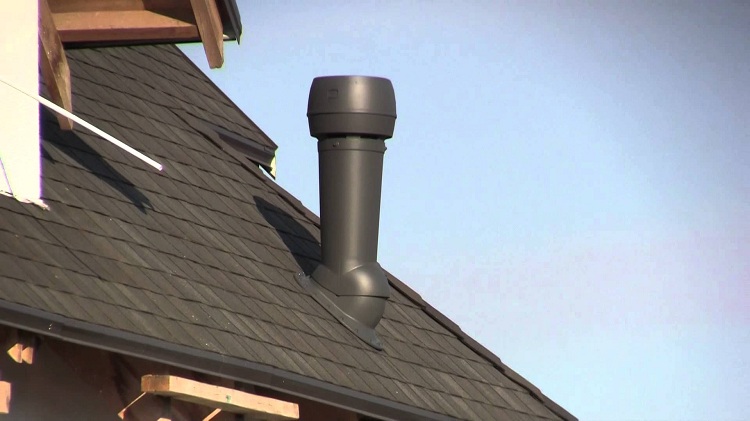
For ventilation, you can also use plastic pipes, their size depends on the type of premises, its purpose and other factors.
Pipe selection for ventilation
For the arrangement of air ducts, modern polymer components are also used. The installation of such a system also requires taking into account the dimensions of the plastic pipes from which it will be assembled.
The use of flexible (round and rectangular) ducts, for example, suggests that their length will not exceed 15-20 meters. On the contrary, for an extended ventilation route, it is advisable to use round pipes. They are available in diameters of 100, 125, 150 mm.
In rectangular plastic ducts, the most common are sections 60x120, 60x204 mm.
Selecting pipes of the required diameter for the ventilation system, you can carry out calculations using available online special programs and at the same time deal with all other parameters.
It is possible to independently calculate the required cross-section value by resorting to the formula S = 2, 778 LV. In it, S is precisely the desired value of the cross-sectional area, measured in cm2. L is the volume of the required air exchange, which is taken at 60 m3 / h per person or is calculated by multiplying the volume of the room by the coefficient established for this type (for residential - 1 or 2, for public - 2 or 3). V is the speed with which air moves in the ventilation system.
Note! The desire to use plastic pipes with a diameter of a smaller one will result in excessive noise that the ventilation system will make.
In whatever engineering communications they resorted to the use of plastic pipes from various materials, the dimensions of the products should be selected in accordance with the recommendations of GOSTs and technical specifications. Correct selection of the diameter allows you to achieve optimal functioning of the mounted system and forget about repair work for a long time. Neglect results in inappropriate operation, excessive noise and accelerated failure.
